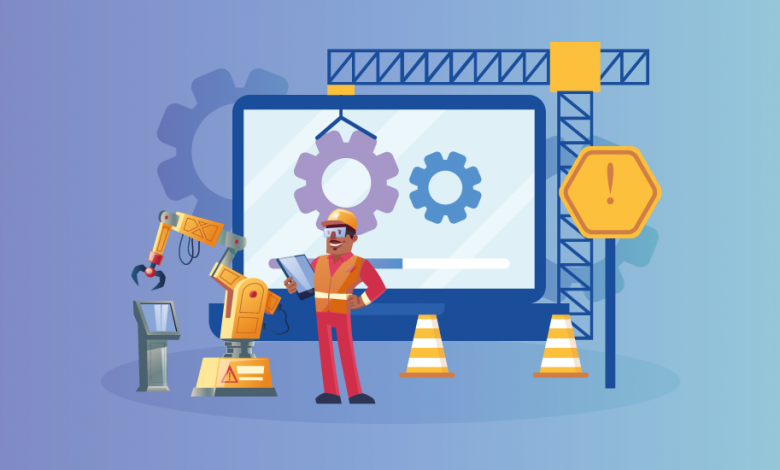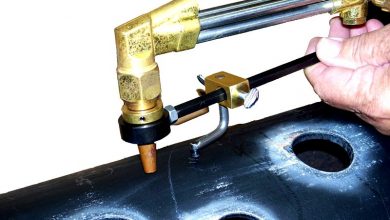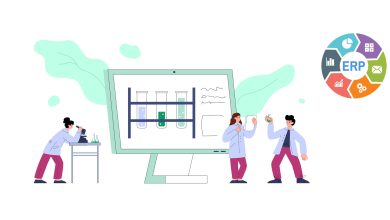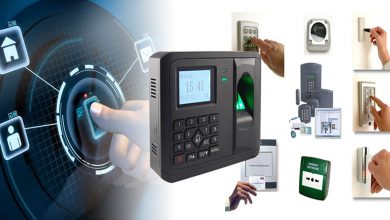What Are the Different Types of Maintenance And Which One Is More Useful?

All businesses have assets it does not matter which industry they are into. An organization must focus on asset maintenance. As maintenance can provide several benefits such as increased productivity, increased asset life, minimized maintenance expenses, increased asset reliability, and decreased chances of asset breakdown. These are a few of the benefits of maintenance.
In maintenance, several activities are done such as changing the filter, engine oil, analyzing oil quality, removing rusty parts, and installing new parts, oiling and cleaning equipment. The maintenance team also checks if there are any specific problem is coming or machine is fully functioning or not. Most of the maintenance consists of these above-mentioned activities.
Lots of people think maintenance is only done when asset breakdown occurs. But maintenance shall be done on a regular interval as it can save from sudden asset failure and also help in boosting asset performance. When performance will be improved then the outcome will also be enhanced.
Now that we know the importance of maintenance it’s important to figure out which maintenance is suitable for your business! In order to figure out that first of all, we need to know how many maintenance types are there!
There are several types of maintenance are there that we have discussed below:
Preventive maintenance
Preventive maintenance is important and one of the most utilized maintenance types. It is proactive maintenance in which maintenance scheduling is done in advance. Why?
Because it is better to do small changes rather than making huge changes in assets. As we know sudden breakdown can also turn out to be more expensive. Whenever a sign is noticed of asset failure then the asset is scheduled for maintenance. In simple words, preventive maintenance prevents asset failure.
Predictive maintenance
According to Statista, “It is expected that the global predictive maintenance market will reach around 23.5 billion U.S. dollars by 2024. The market is expected to grow at a compound annual growth rate of almost 40 percent between 2018 and 2024.”
Also Read: Types of RFID and Their Role in Automating Asset Tracking
Predictive maintenance and preventive maintenance are similar to each other but predictive maintenance utilizes resources to their fullest and calculated risk is taken.
Corrective maintenance
It is done when some part or whole machine is not working. It can either be reactive or proactive maintenance depending on which asset you want to implement. Basically, this maintenance is used on assets that are non-critical.
Corrective maintenance can be categorized into deferred corrective maintenance and immediate corrective maintenance. Immediate corrective maintenance is done on those assets which are very critical for business. Deferred maintenance, in this case, maintenance is not provided and the asset remains in the non-functional stage.
Condition monitoring maintenance
Condition-based maintenance involves regular monitoring and inspection of assets. It is one of the most complicated maintenance practices. Regular check-ups are done to prevent failure.
It keeps track of key performance indicators when these indicators are not bearable which means it time to implement maintenance. In condition monitoring variables are identified that might have affected the performance of an asset such as temperature, electric issue, or absence or presence of moisture.
Emergency maintenance
In emergency maintenance assets are a threat to the employees and their safety. Since it is an emergency so it is not scheduled.
Emergency maintenance is a reactive maintenance type in which asset breakdown has occurred and now it needs to be bought back into running condition as quickly as possible.
This maintenance is costly because maintenance is not planned and unscheduled plus inventory expenses etc. Furthermore, there is a lot of pressure on the maintenance team to bring the asset into a running condition in minimum time.
Conclusion
Providing maintenance on time is one of the keys to a successful business. Maintenance shall be neglected as it can result in catastrophic asset failure. Therefore, maintenance activities shall be done regularly.
After this, you need to do categorize your assets into two main categories critical and non-critical assets. In the critical assets list, you can put those assets which are essential, and without them, your business procedure will be impacted. Non-critical assets can contain those assets which are less essential.
When you have heavy equipment and a huge part of a daily operation relies on these assets then proactive maintenance is a must. They are helpful in decreasing downtime and increasing uptime. On those assets on which there is less dependency, you can use reactive maintenance.
Furthermore, you need to ensure inventory is available in the stock otherwise maintenance will need to be done again. In order to do so, inventory tracking is required and you can do it easily with maintenance management software. There are several other benefits of this software such as asset tracking, tracking maintenance & each asset records. They are also helpful in making crucial business decisions.





